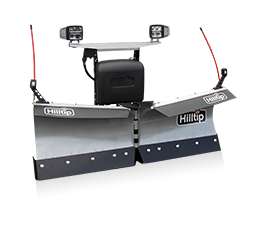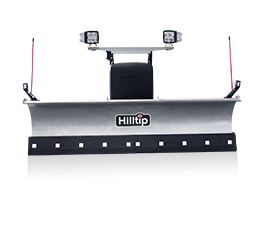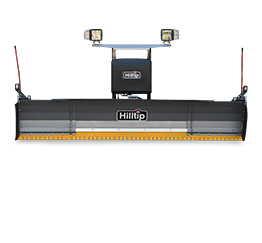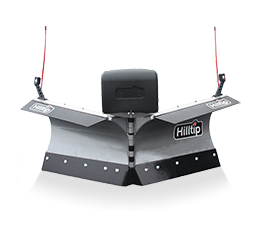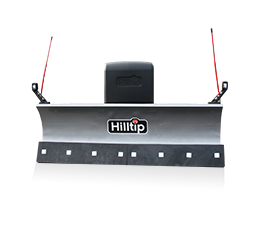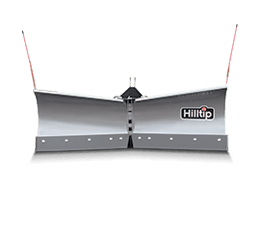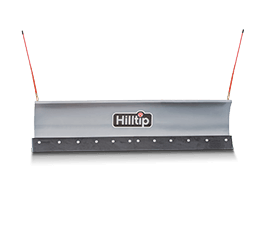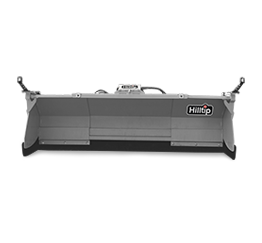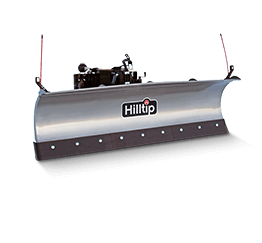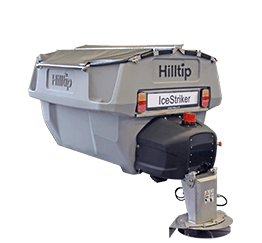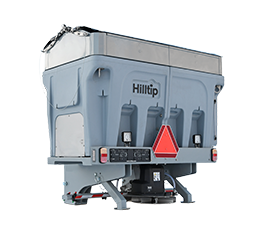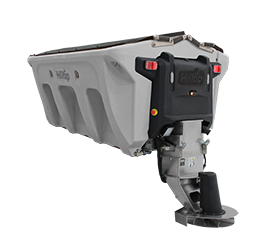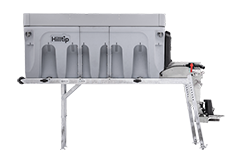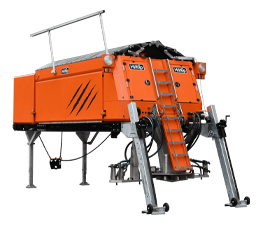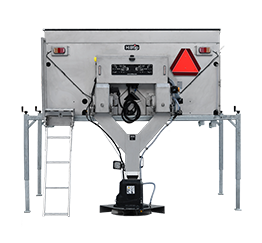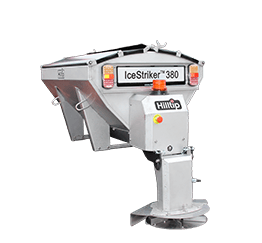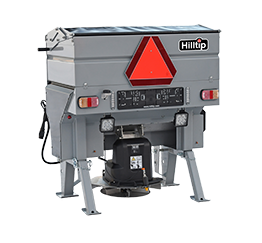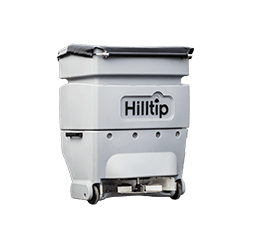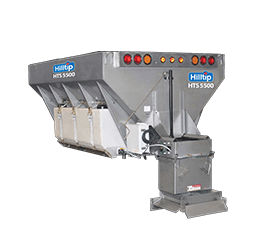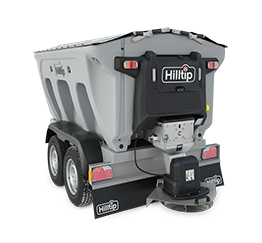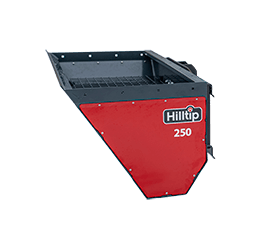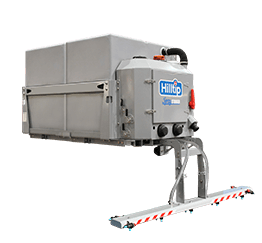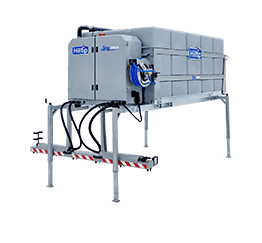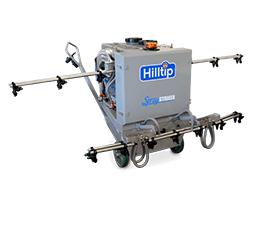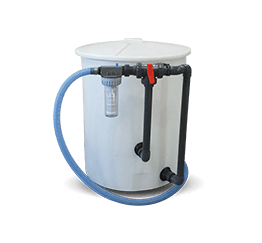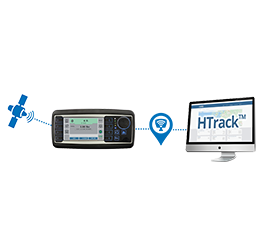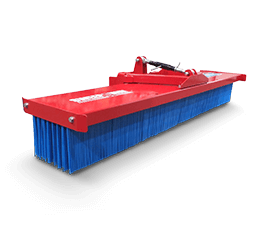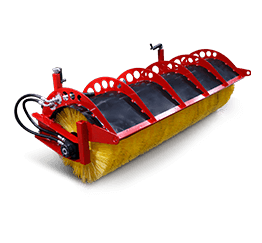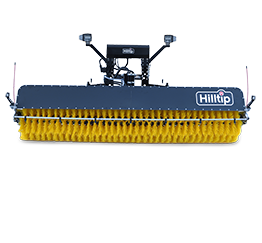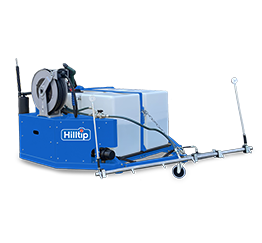As winter approaches, the decision between using brine or salt for road treatment becomes paramount for winter road maintenance professionals. Striking the right balance between effectiveness, cost, and environmental impact is crucial. In this guide, we’ll delve into the key considerations, advantages, and disadvantages of both brine and salt to help you make an informed decision for your winter road maintenance operations.
The Pros and Cons of Brine and Salt
Brine
Brine is a liquid solution typically composed of salt and water. The optimum brine blend is a 23,3% salt solution. The brine mixture offers a lower freezing point than traditional rock salt, allowing for faster ice and snow melting. Brine is often applied as a pre-treatment before a winter storm to create a barrier on road surfaces, preventing the adhesion of snow and ice. The trend in the industry is toward more brine used for anti and de-icing needs. Please read this research and approach the University of Wisconsin applied to their campus.
Pros:
- Faster melting action due to the liquid form.
- Effective at lower temperatures compared to traditional salt.
- Reduces overall salt usage, minimizing environmental impact.
- Lower yearly salt costs
Cons:
- Initial setup costs for brine production equipment.
- Storage challenges due to the liquid form.
- It may be less effective in extremely low temperatures.
Salt
Salt, usually in the form of rock salt (sodium chloride), is a common de-icing agent. When applied to icy roads, salt lowers the freezing point of water, causing ice to melt. It’s not the most cost-effective de-icing agent, but it is a widely used solution for winter road maintenance.
Pros:
- Lower initial equipment investment to spread the de-icing agent.
- Suitable for a wide range of winter conditions.
- Easy to store and handle.
Cons:
- Slower melting action compared to brine.
- Higher environmental impact due to excess chloride runoff.
- Ineffective in extremely low temperatures.
When to Use Brine or Salt
Choosing between brine and salt depends on various factors, including temperature, precipitation, and budget constraints. Brine is ideal for pre-treatment in anticipation of a storm, while salt is more effective after heavy snow storms for post-storm application to melt existing ice and snow. The most effective is a mix of them both for post-storm application, meaning pre-wetting with 30% brine onto the salt being spread.
Best Practices for Application
To optimize the use of brine or salt, consider the following best practices:
- Calibrate equipment to ensure accurate application rates.
- Monitor weather forecasts to apply treatments at the right times.
- Consider using advanced equipment such as Hilltip’s salt spreaders for precise application with ground speed control.
- The Hilltip combi spreaders and brine sprayers with STRIKESMART- PLUS controller have weather forecast dependent application rate control and a 2-way online communication channel as a standard feature.
- Use spreader technology that takes the guesswork from the driver and supervisors to know what and how much he should spread based on live and forecasted weather info.
Conclusion
In the battle against winter weather, the choice between brine and salt is not one-size-fits-all. Each option has its advantages and disadvantages. Winter road maintenance professionals can make informed decisions to enhance safety and efficiency by carefully weighing factors such as cost, effectiveness, environmental impact, and climate. Hilltip recommends using the mentioned machines and de-icing methods in the diagram below, based on current weather and forecast information on hand as well as ice thickness on the road.
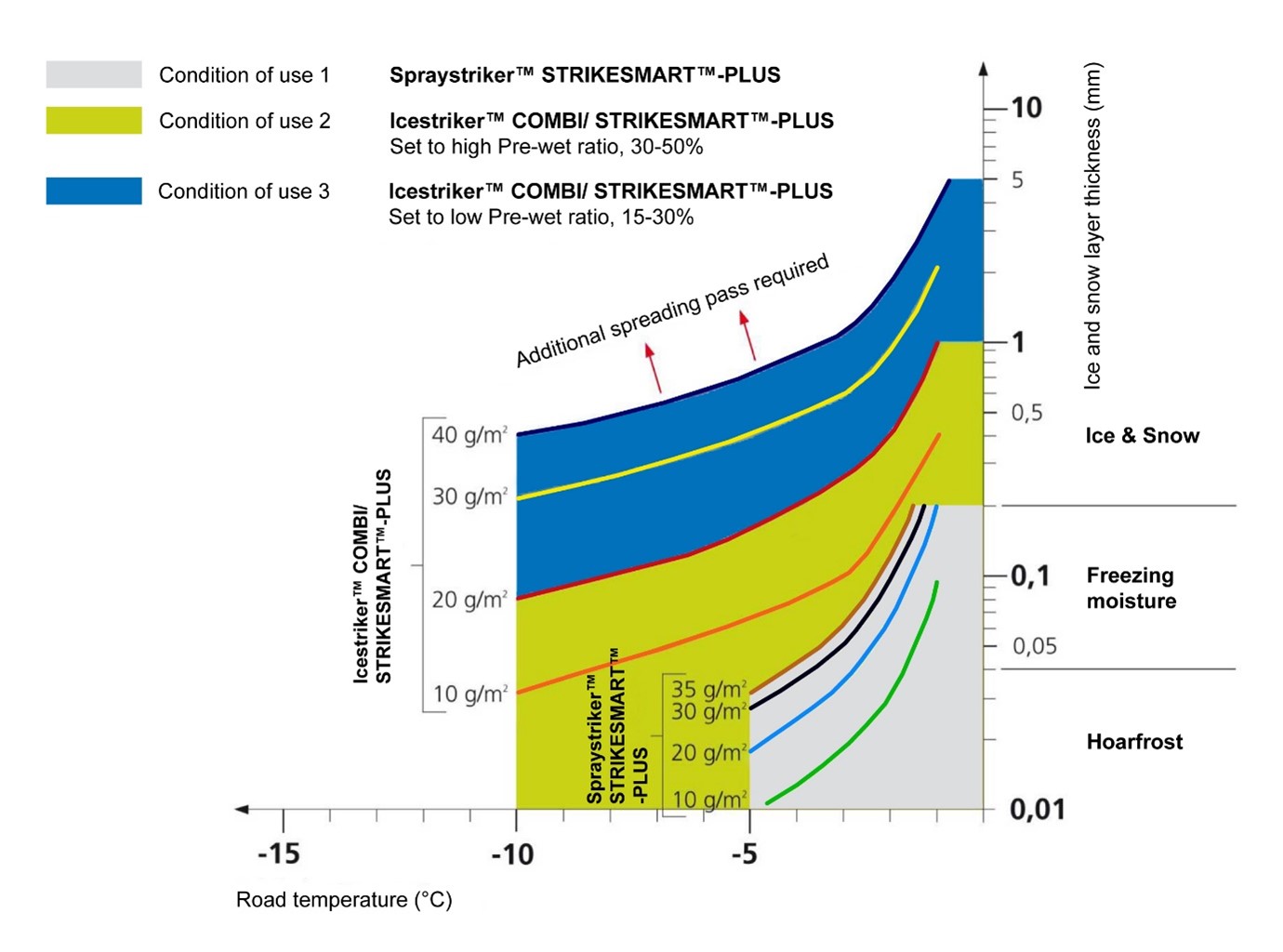
As you navigate through your winter road maintenance plans, explore Hilltip’s advanced salt spreaders and de-icing sprayers. Our cutting-edge solutions are designed to complement the application of both brine and salt, ensuring optimal results for your operations.
Visit our product pages to discover how Hilltip can elevate your winter road treatment strategies. For expert advice, get in touch today!
